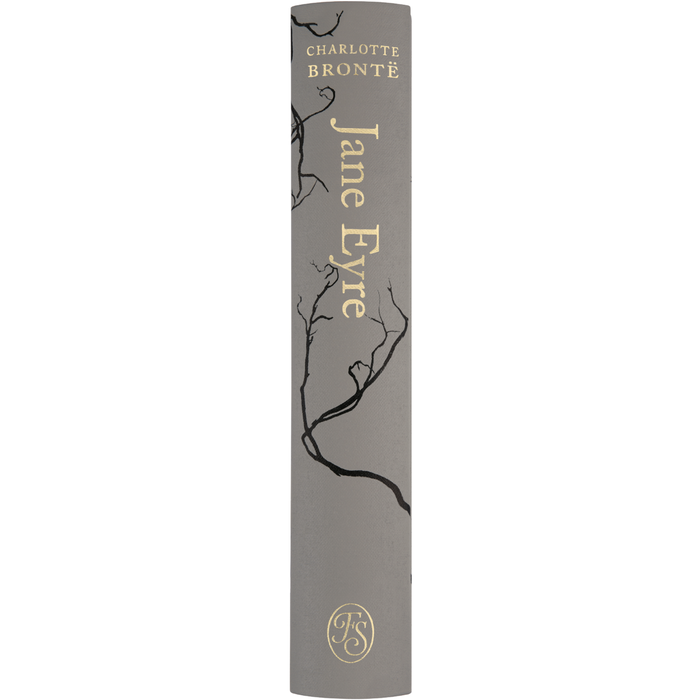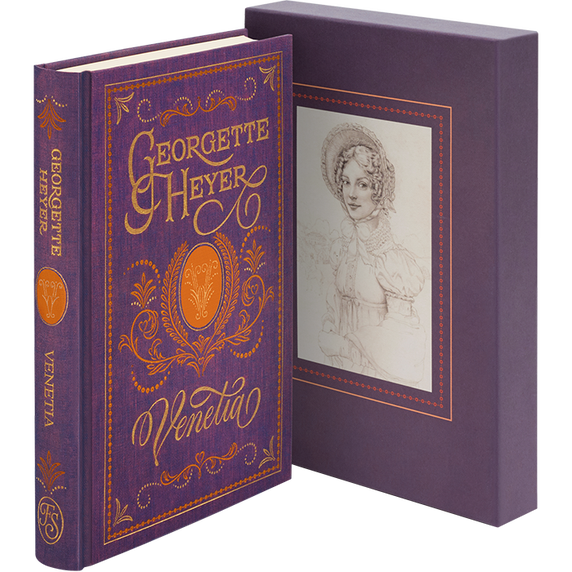Orphaned Jane emerges from a cold, hostile upbringing at Lowood Institution to take her place as governess at Thornfield, home of Mr Rochester. Her petulant but loving charge, Adele, and the housekeeper, Mrs Fairfax, are her sole company, while Rochester remains a distant, mysterious and yet imposing presence. As time goes by, however, Jane’ life at Thornfield becomes increasingly unsettled, and strange and ever more frightening occurrences lead her towards a shocking revelation.
Do you think I am an automaton? – a machine without feelings? ... Do you think, because I am poor, obscure, plain, and little, I am soulless and heartless? You think wrong! – I have as much soul as you – and full as much heart!
As compelling in character as she is ordinary in looks, Jane Eyre is one of literature’s greatest heroines. Hers is a captivating love story that encompasses, among other things, loss, deception, devotion and obsession. With themes of madness and forbidden knowledge, and a Byronic male lead – the glowering Rochester – Jane Eyre is also a suspenseful gothic mystery. Its sparse settings resemble those of Wuthering Heights; places which not only lend themselves to the novel’ psychological drama, but in which the air crackles and whispers with forces beyond human control. However, the narrative belongs to Jane, and it is her singularity and the vivid portrayal of her inner life that make this novel exceptional. Brontë’s intimate first-person narrative formed a template for later authors, including Joyce and Proust. As a female character, Jane was far ahead of her time. In her fierce meditations on spiritual and emotional dilemmas, and her determination to remain inwardly free when the cruelties and desires of others threaten her integrity, she was a proto-feminist figure quite unlike her pliant predecessors.
‘Everybody I’ve ever mentioned the book to says, with a stern fervour, “I love Jane Eyre”’
- Emma Donoghue
Artist Santiago Caruso’s dedication to the fantastique made him sensitive to the novel’s otherworldliness. His illustrations evoke its eerie scenery and the intensity of Jane’s experiences. In most she is central: a small but wilful figure whose ‘obscure’ life is as profoundly engaging as that of the most dazzling heroine. As author Emma Donoghue writes in her introduction, Jane ‘survives all sorts of abuses and humiliations because she is driven on by a sense that she matters, because everybody matters’.


















